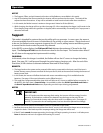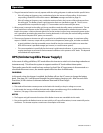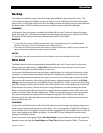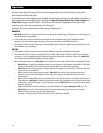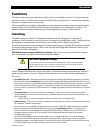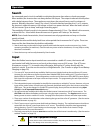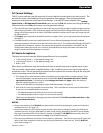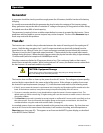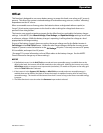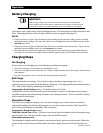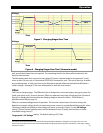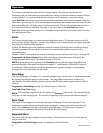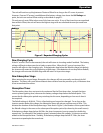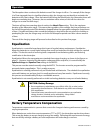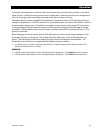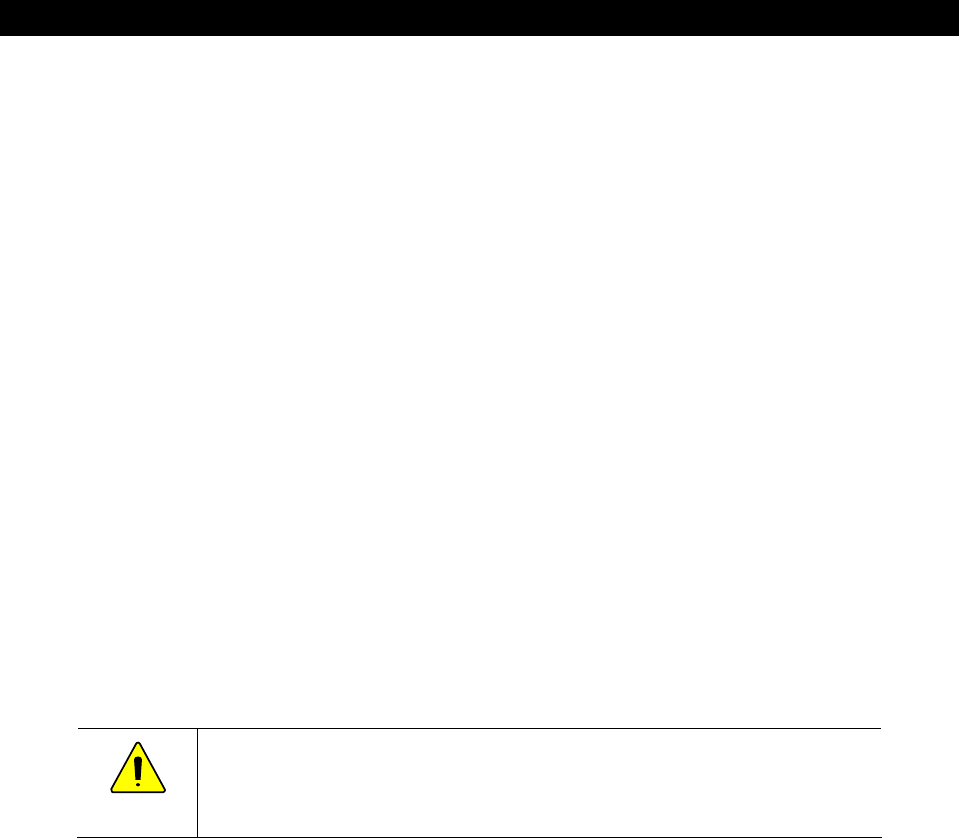
Operation
18 900-0020-01-00 Rev A
Generator
A generator should be sized to provide enough power for all inverters, both for loads and for battery
charging.
It is usually recommended that the generator be sized at twice the wattage of the inverter system.
Many generators may not be able to maintain AC voltage or frequency for long periods of time if they
are loaded more than 80% of rated capacity.
The generator is required to have a stable output before its power is accepted by the inverter. Some
generators with less stable or uneven outputs may not be accepted. The use of the
Generator
input
mode may assist with this problem.
Transfer
The inverter uses a transfer relay to alternate between the states of inverting and of accepting an AC
source. Until the relay energizes, the L1 and L2 output terminals are electrically isolated from the
input that is in use. When it closes, the L1 input and output terminals become electrically common.
The same is true for the L2 input and output terminals. (The terminals for the unused input remain
isolated during this time.) When the relay changes states, the physical transfer delay is approximately
12 milliseconds (with the exception of the
UPS
input mode).
The relay contacts are limited to 55 amps per phase or leg. The continuous loads on that output
should never exceed this number. When connected to an AC source, the Radian inverter cannot limit
the load current. An overload condition is possible.
CAUTION: Equipment Damage
Current draw in excess of the inverter’s transfer relay rating can damage the transfer
relay. This damage is not covered by warranty.
The inverter does not filter or clean up the power from the AC source. The voltage and power quality
received by the output loads is the same as that of the source. If the voltage or quality do not meet
the inverter’s input requirements (see page 17), it will disconnect and return to the inverting mode.
If the AC source meets the inverter’s requirements but is irregular, any fluctuations will be transferred to the
loads. If the loads are sensitive, it may be necessary to improve the quality of the AC source.
To ensure a smoother transition, it may be advisable to raise the inverter’s lower acceptance limit. The
default setting is 108 Vac on each leg. A higher setting will cause the inverter to transfer sooner in the event
of a quality problem.
The
Generator
input mode is intended to accept irregular or unfiltered AC sources and is more likely to do so
than other modes. Since it will transfer the irregular power to the output as noted above, this should be
considered before using this mode with sensitive loads. (See page 9.)
In a stacked system, slaves are ordered to transfer at the same time as the master. If a slave does not
sense an AC source at the same time as the master, it will continue inverting, and will experience a
Phase Loss
error (see page 39). This appears as an Event on the MATE3 system display, as described
in the MATE3 Owner’s Manual.



